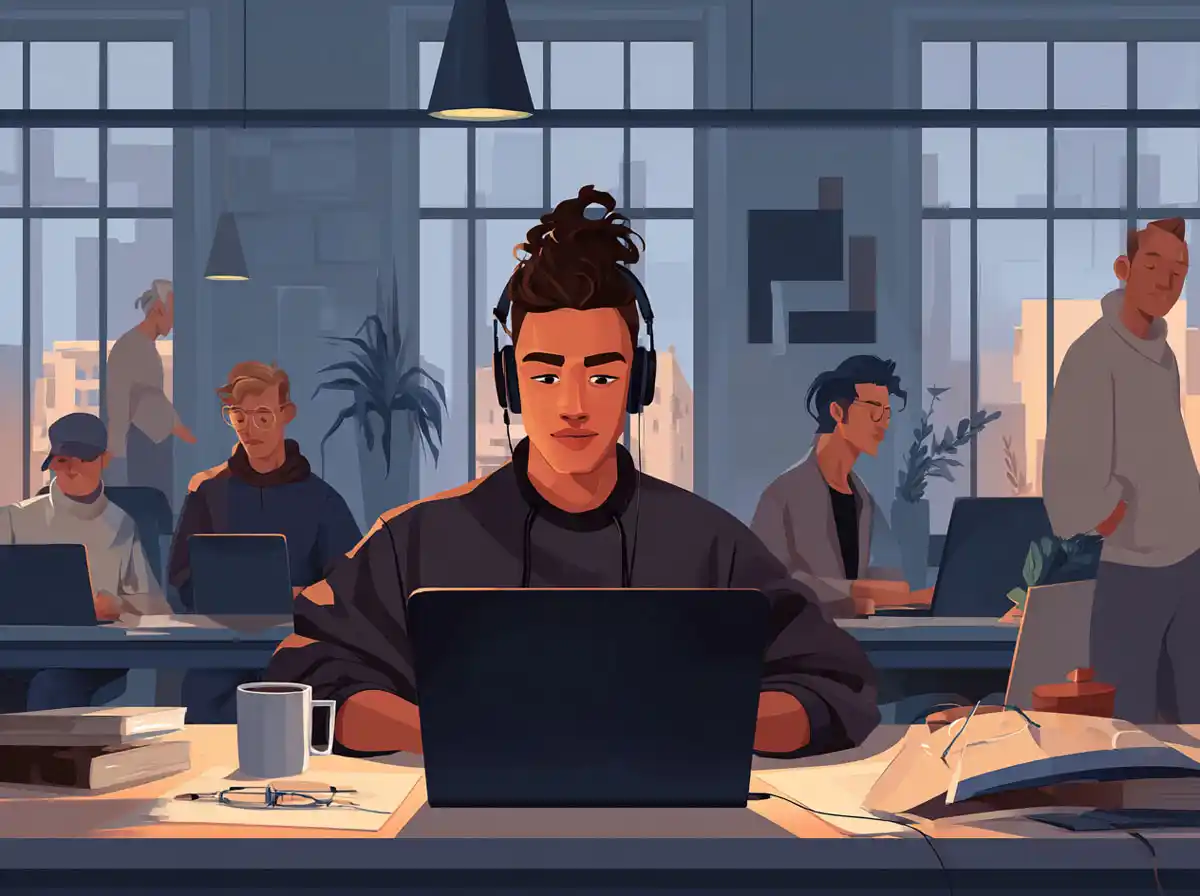Exercise 1: Fill in the blanks with the correct form of the given adjective.
1. To jest *moja* (my) książka.
2. *Wielki* (big) pies jest w ogródku.
3. On jest *dobrym* (good) człowiekiem.
4. Ona jest *piękną* (beautiful) kobietą.
5. Znam *stary* (old) człowiek.
6. Widzę *dużą* (large) górę.
7. To jest *mały* (small) ślimak.
8. On ma *zielone* (green) oczy.
9. To jest *nowa* (new) szkoła.
10. Ten *czarny* (black) kot jest mój.
11. Mój *stary* (old) samochód jest niebieski.
12. Ona ma *ładne* (pretty) sukienki.
13. To jest *wysoki* (tall) budynek.
14. Spotkaliśmy *miłą* (nice) panią.
15. *Czerwony* (red) długopis jest na biurku.
Exercise 2: Fill in the blanks with the correct form of the given adjective.
1. *Niska* (short) kobieta jest moją sąsiadką.
2. Czytam *ciekawą* (interesting) książkę.
3. To jest *zimne* (cold) piwo.
4. Jestem *zmęczony* (tired) po treningu.
5. Masz *brudne* (dirty) ręce.
6. To jest *głupi* (stupid) pomysł.
7. Ona ma *duże* (big) marzenia.
8. *Słodki* (sweet) kotek śpi na kanapie.
9. On jest *wesołym* (cheerful) człowiekiem.
10. Mieszkam w *starym* (old) domu.
11. W sklepie jest *tańsze* (cheaper) mleko.
12. To jest *szybki* (fast) samochód.
13. Ona ma *piękne* (beautiful) włosy.
14. Oglądam *smutny* (sad) film.
15. Robię *ciekawe* (interesting) zdjęcia.










